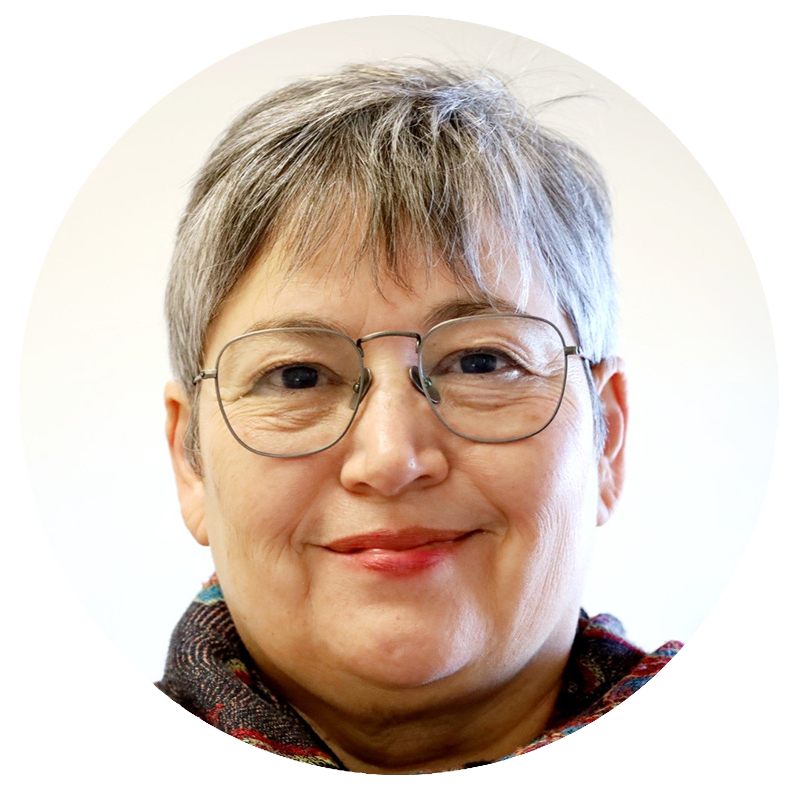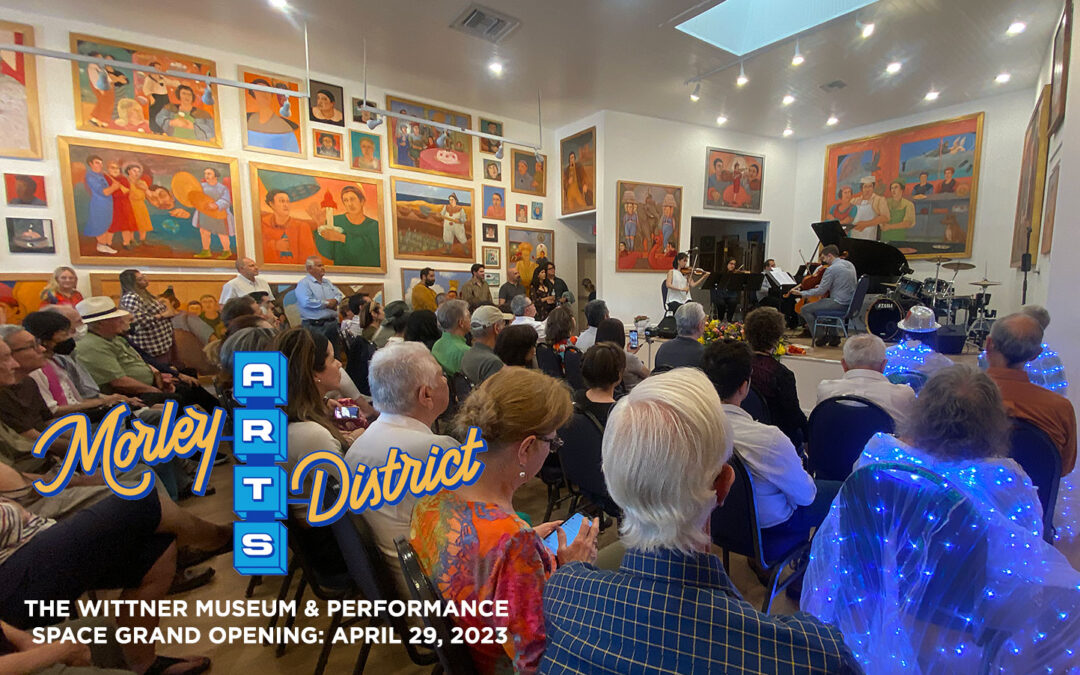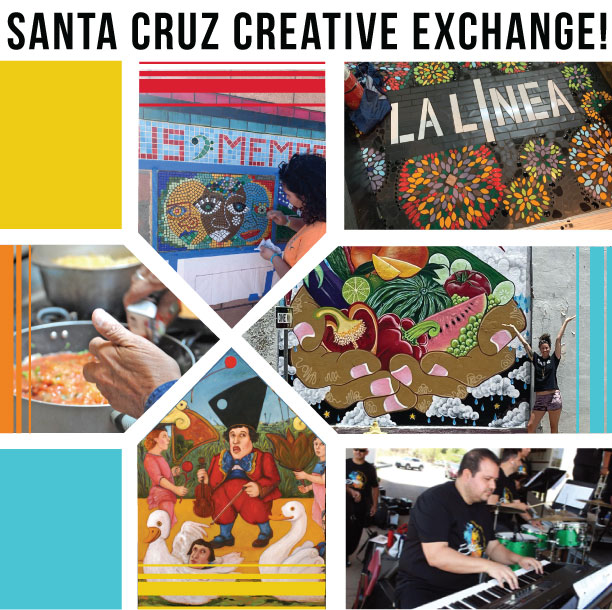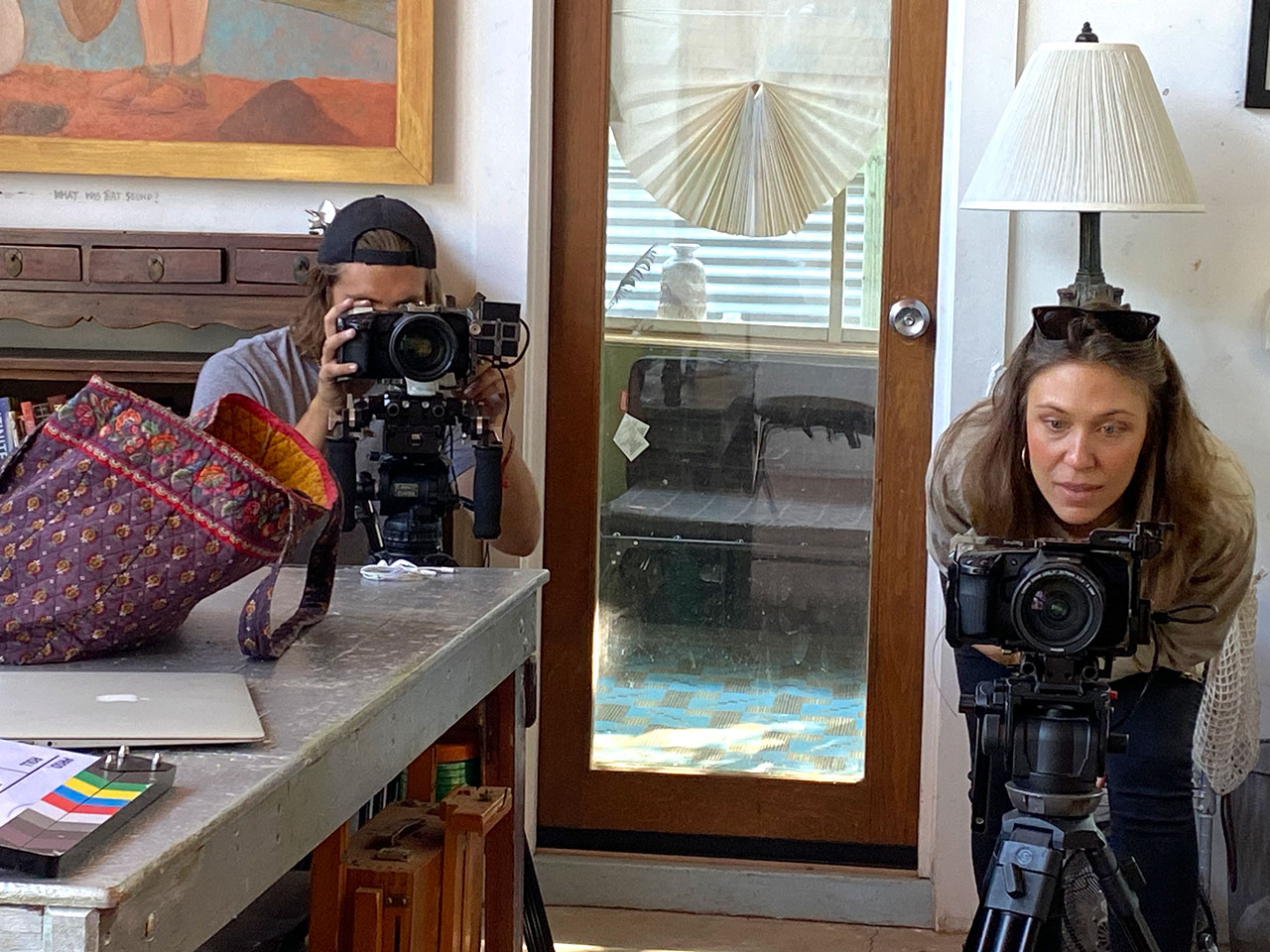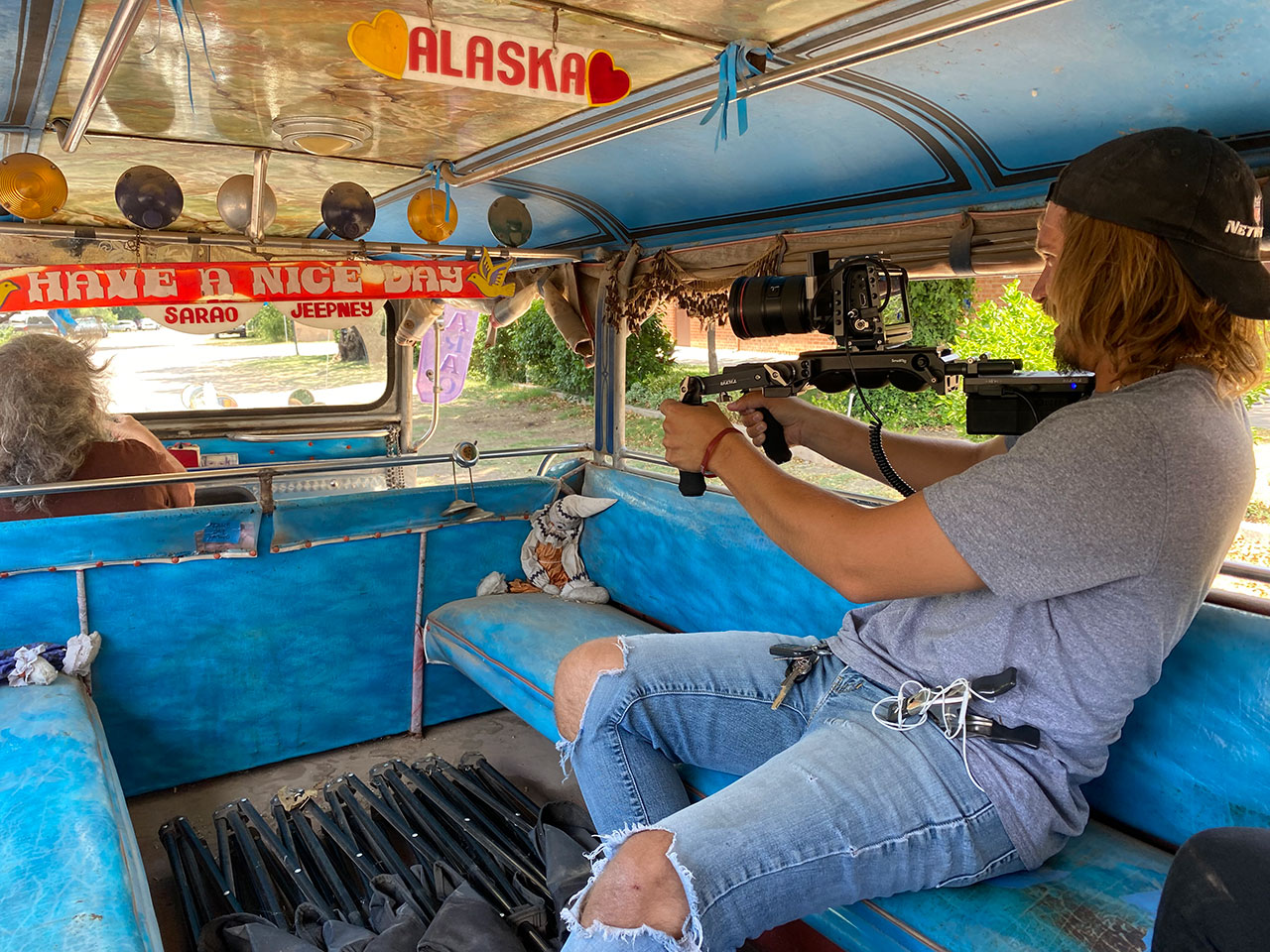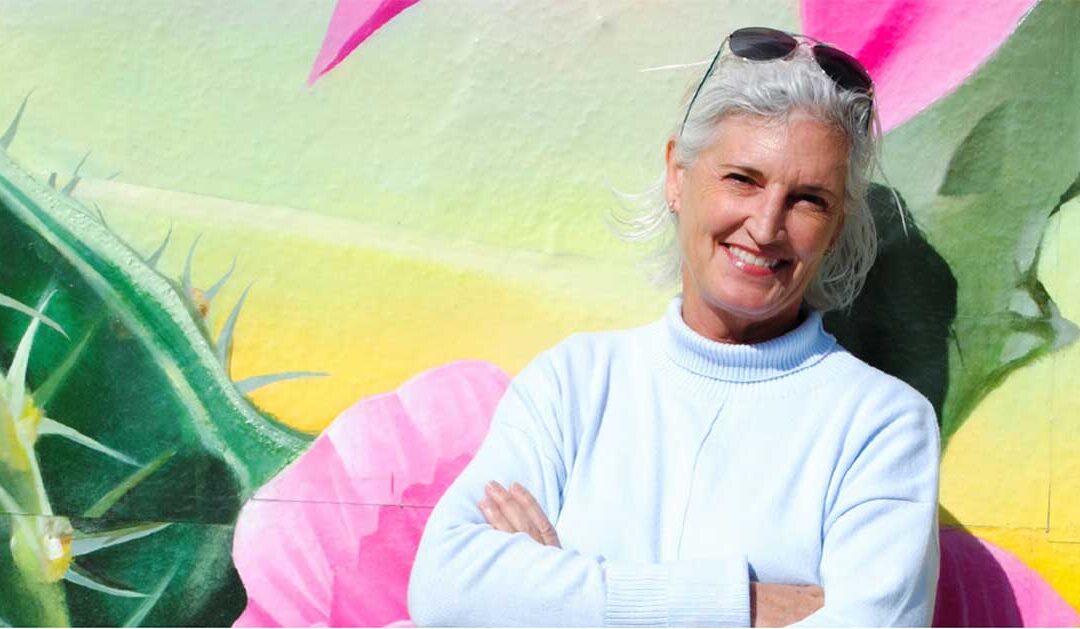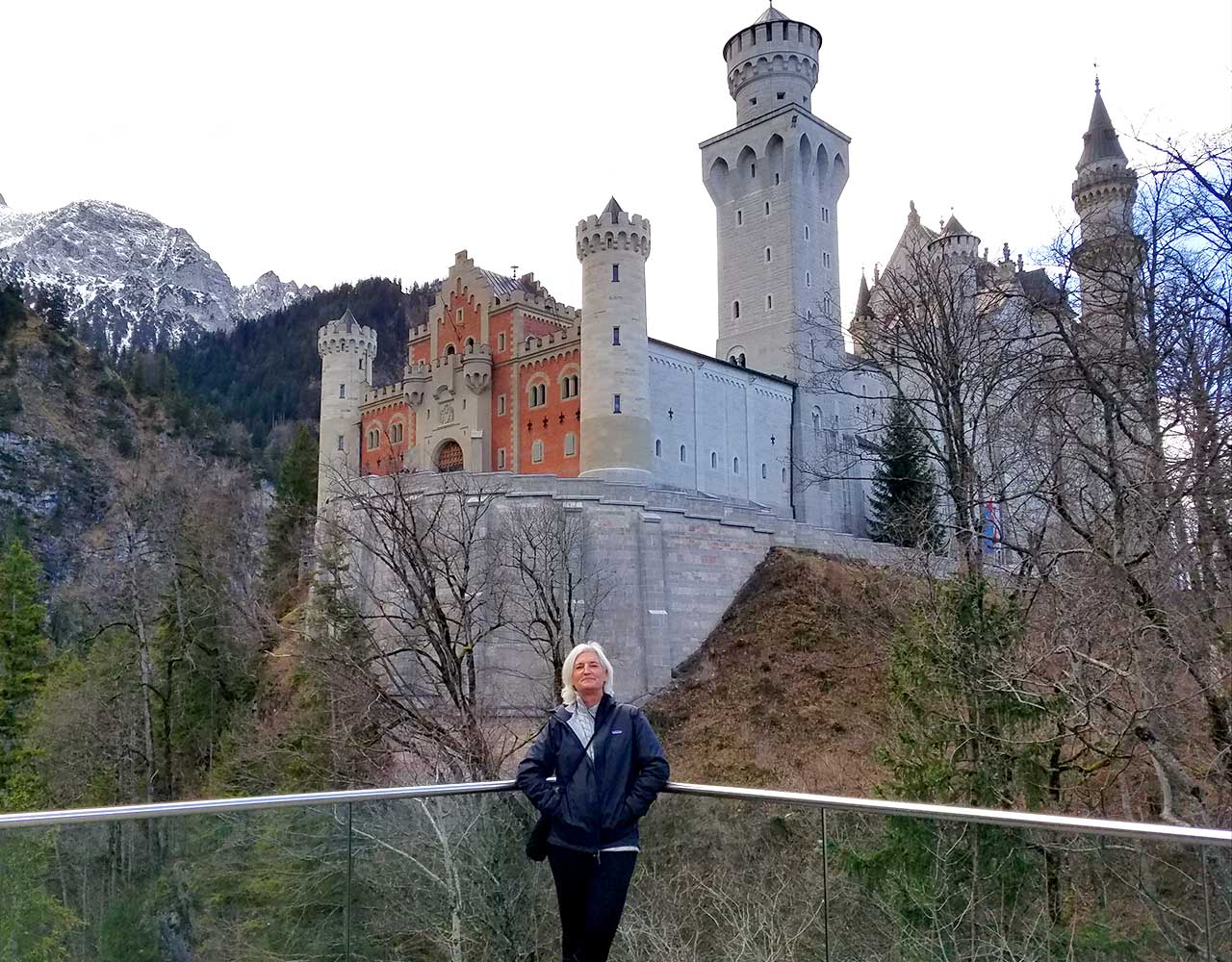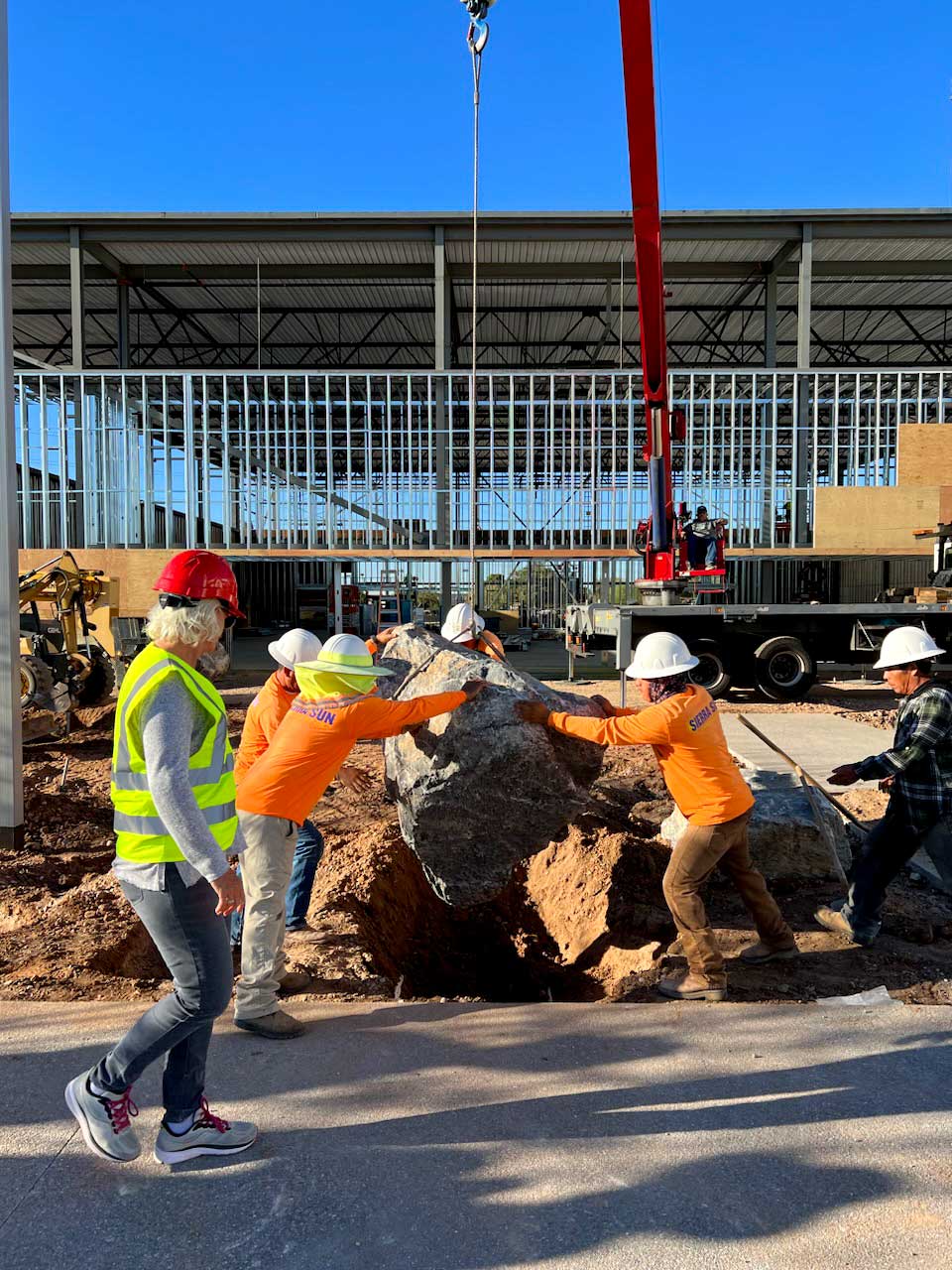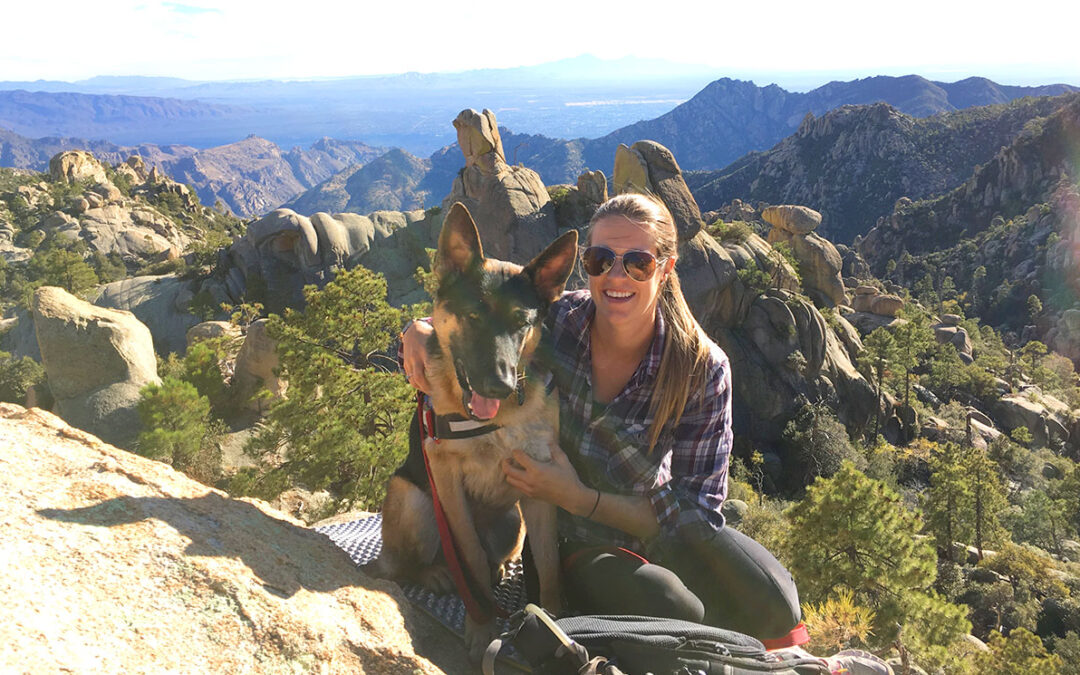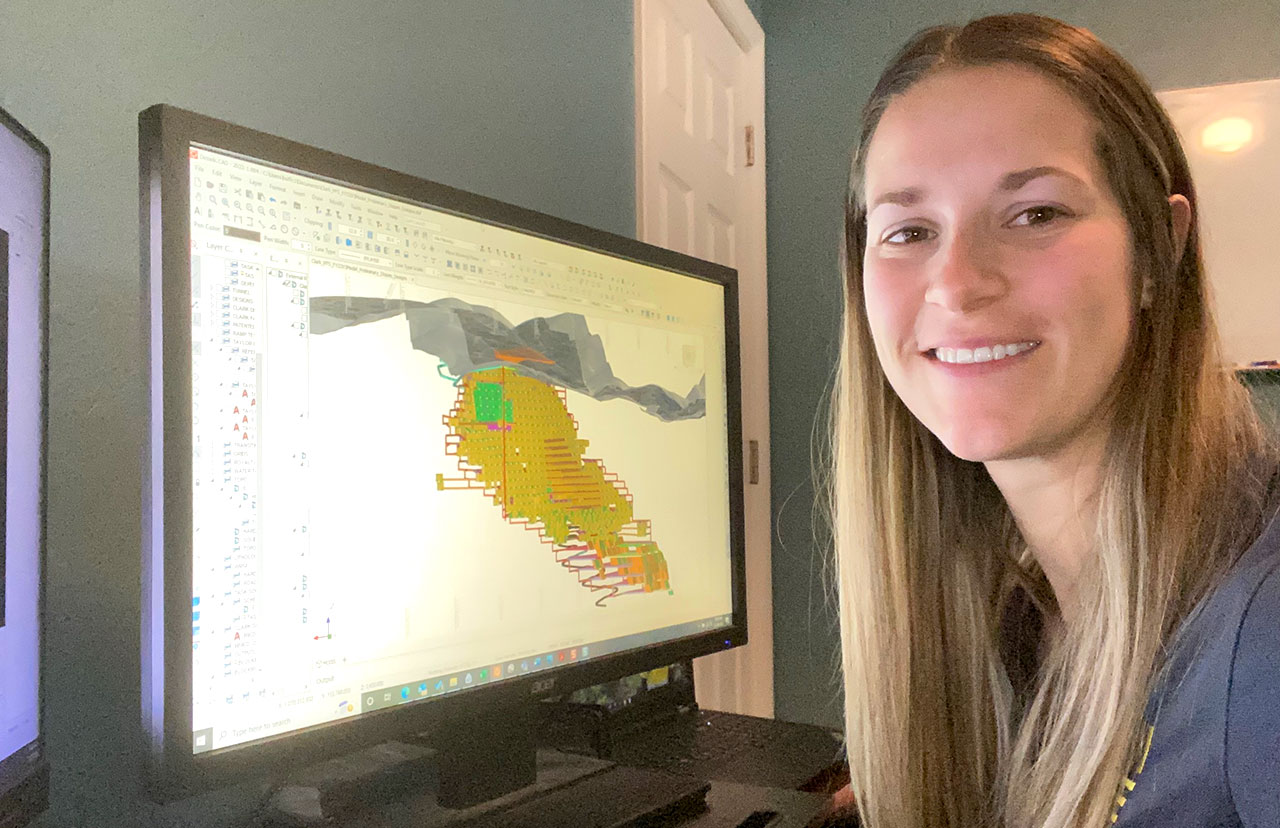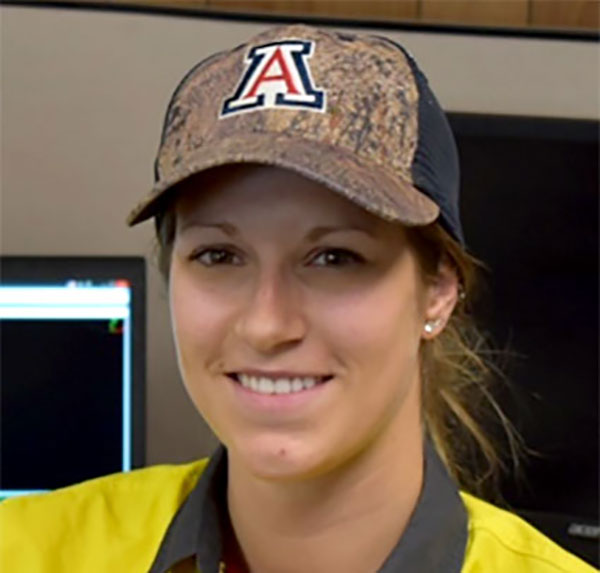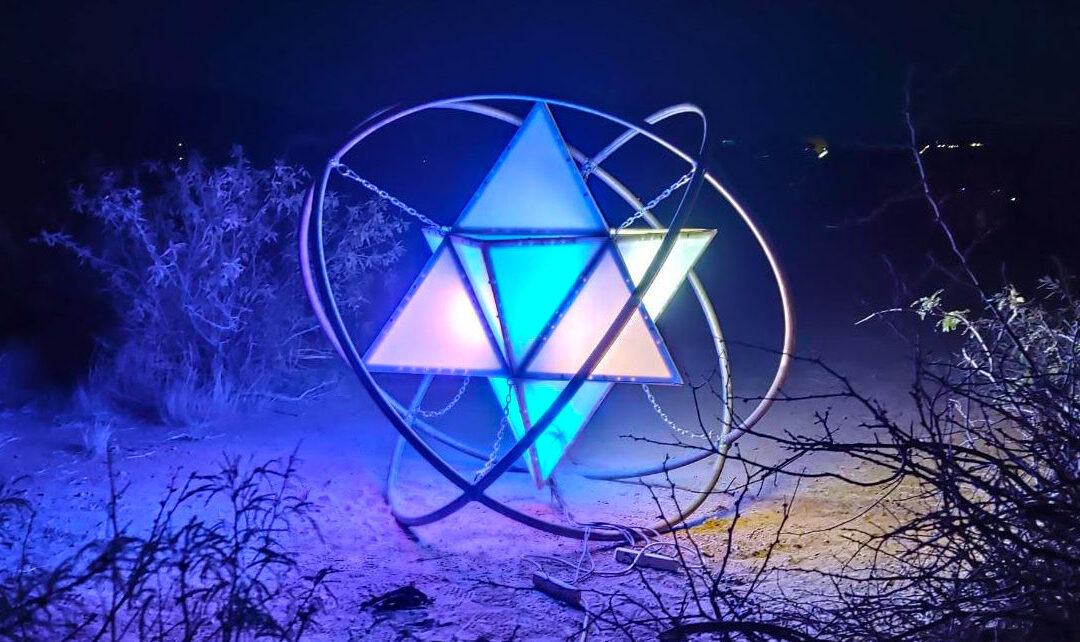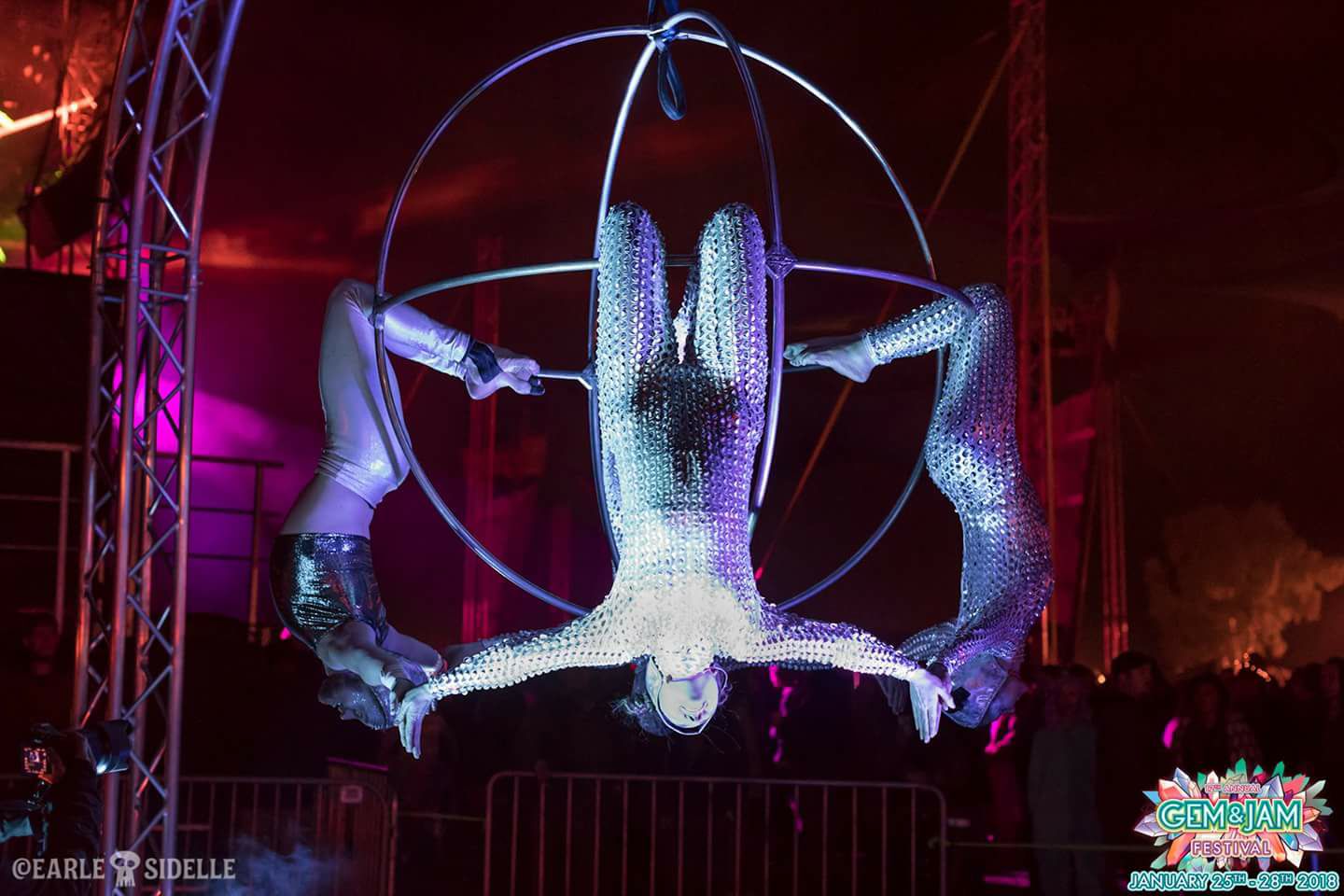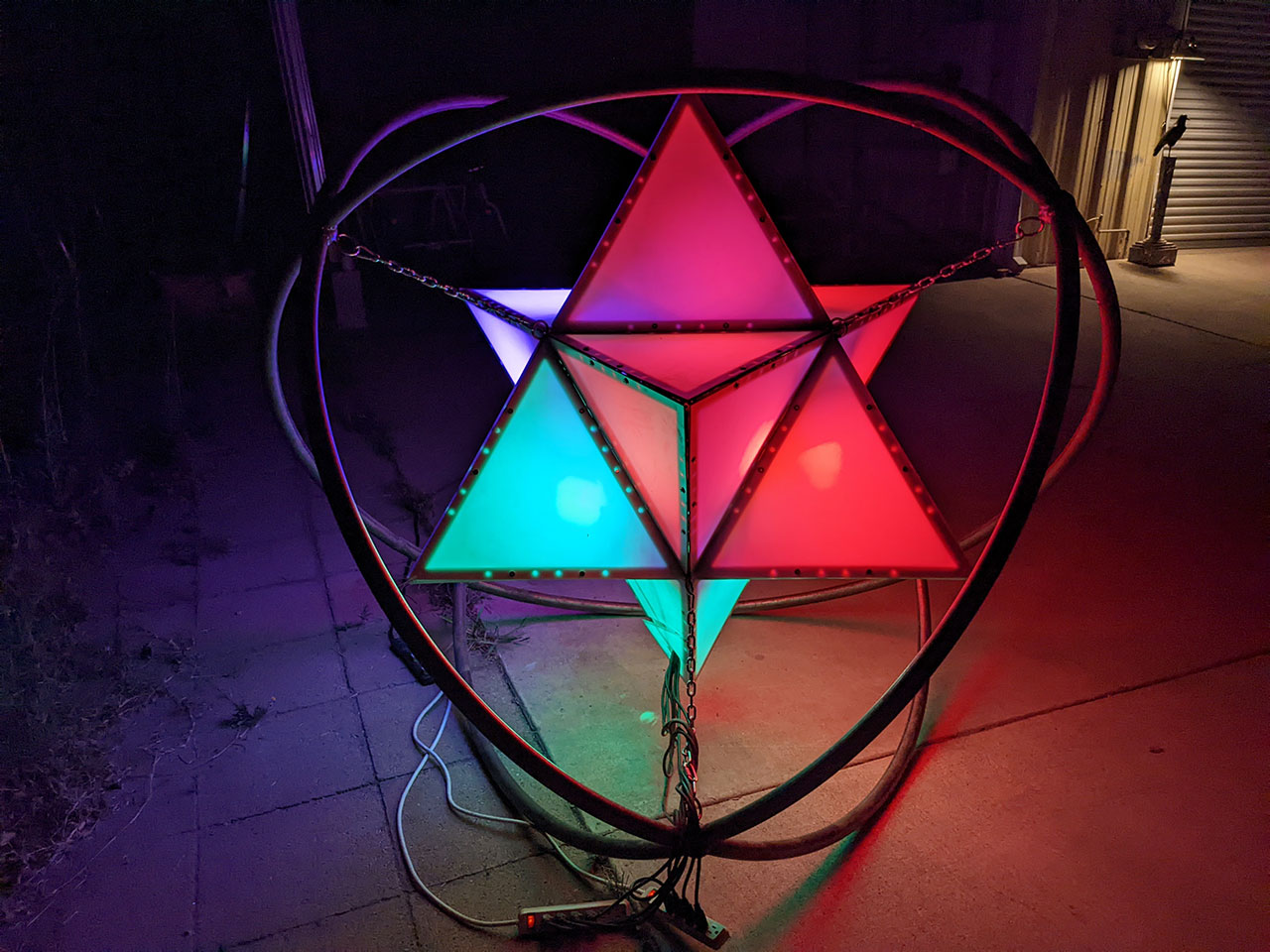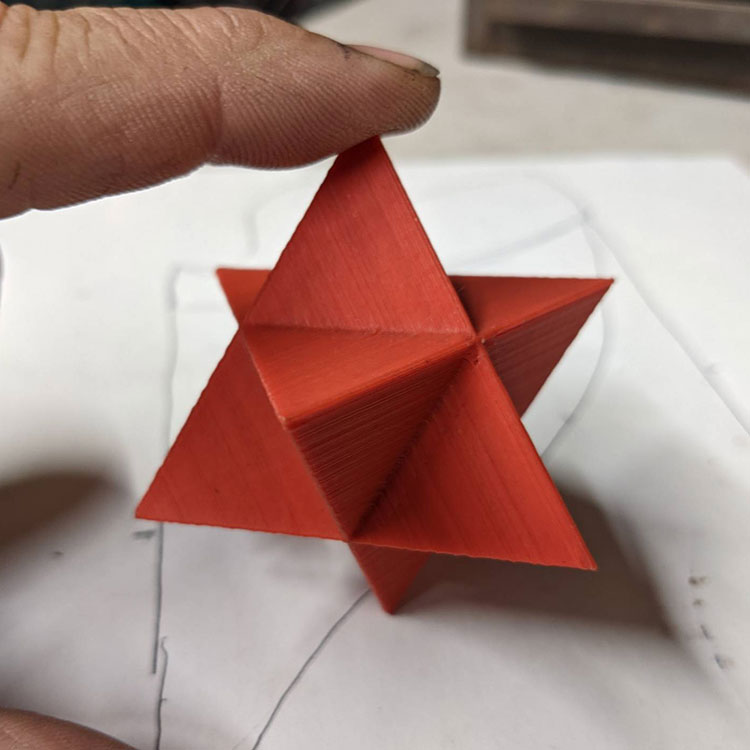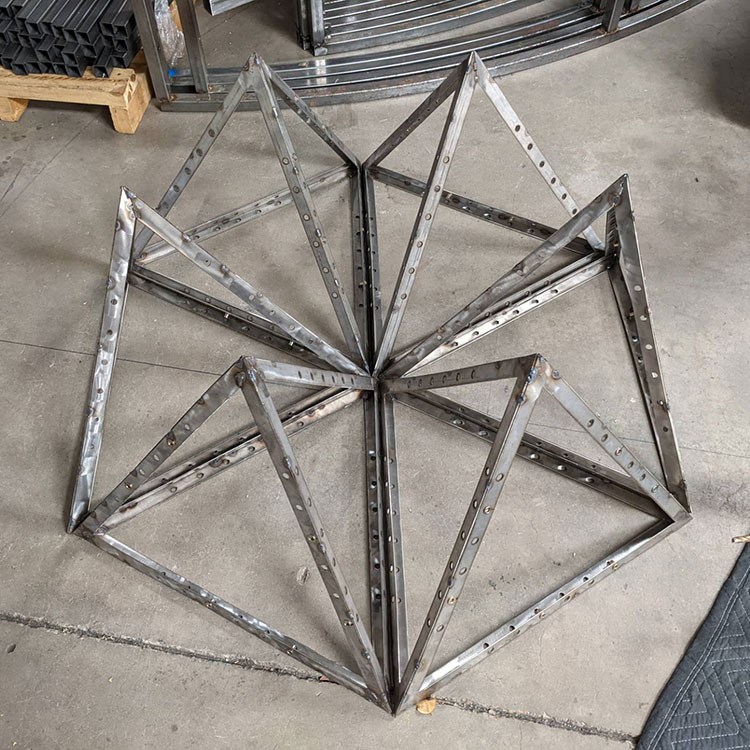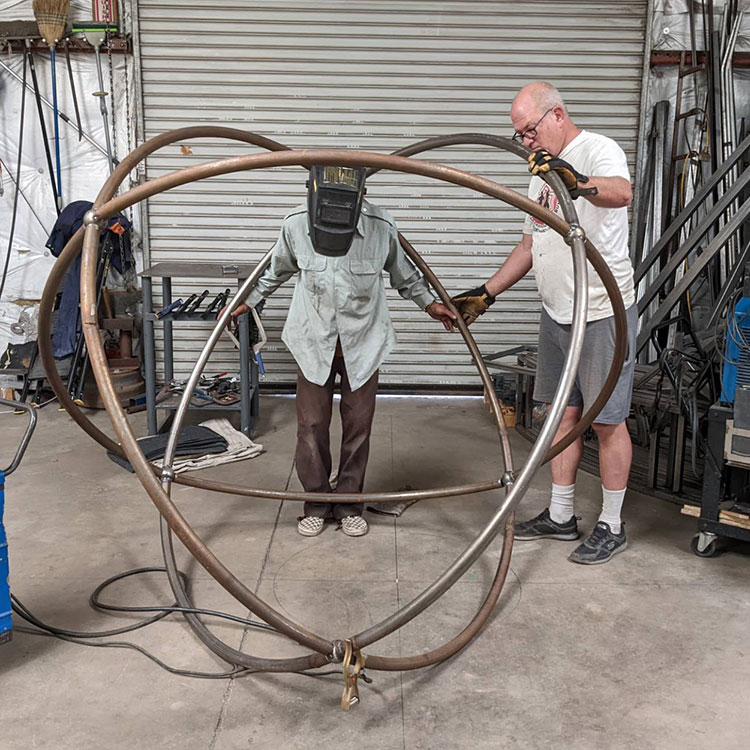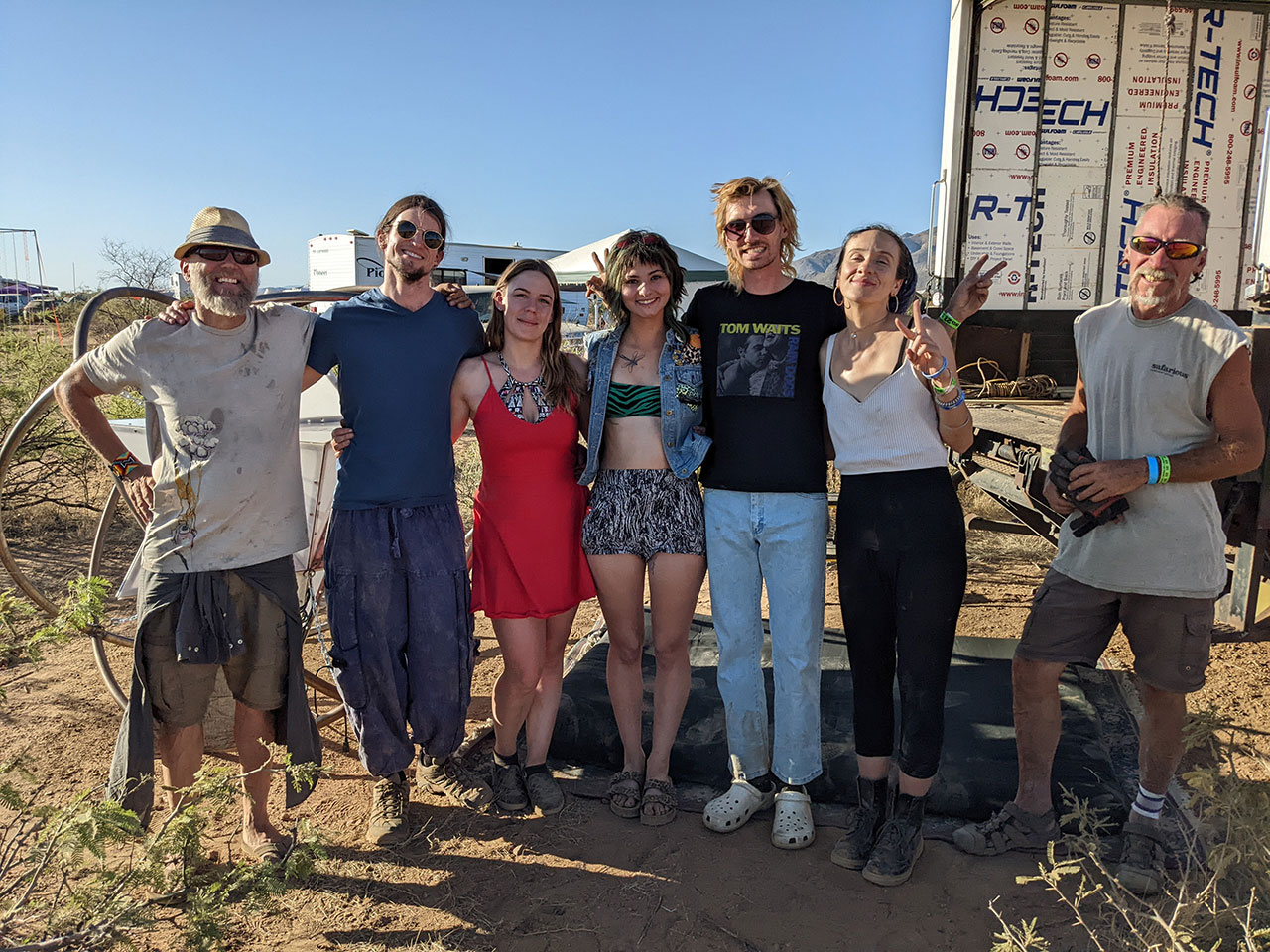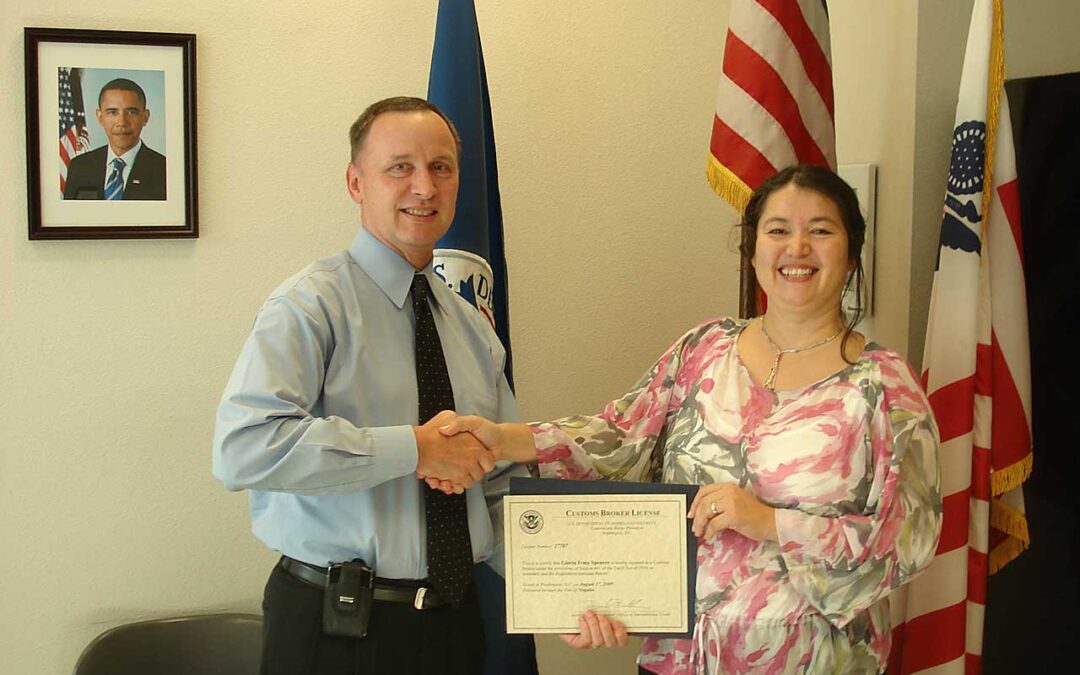
SPONSOR HIGHLIGHT: Gloria Spencer, President of Nogales US Customs Brokers Association
MBC sponsor Nogales US Customs Broker’s Association, represented by board president Gloria Spencer receiving her US Customs Broker license from CBP in Phoenix, September 2009.
Through our sponsor recognition articles, we are showcasing the many ways professionals cultivate and use creativity to improve their personal lives, their careers, the places they work and their communities. This article features Gloria Spencer, President of Nogales US Customs Brokers Association and General Manager of Livingston International. Read on to learn more.
Gloria Spencer is Branch Manager at Livingston International and President of the Board of Directors for Nogales U.S. Customs Brokers Association, a 2022-2023 Mat Bevel Company sponsor. She says, “As US Customs Licensed Brokers, we play an essential role in the flow of products from around the world and in this way, contribute to the economy of the USA.”
Customs brokers help companies import products into the USA from countries all over the world with whom the US has a normal trade relationship. These individuals and firms are licensed through US Customs & Border Protection (CBP), a Department of Homeland Security, to act as agents for importers and exporters. Brokers handle all the required protocols involved in customs clearance and importation of goods, in compliance with the Code of Federal Regulations -Title 19, Customs Duties.
In reporting information required by all participating government agencies that regulate the eligibility to import products, they protect the safety and interests of consumers in the USA.
Gloria says, “This is a highly specialized and complex job, but a rewarding one, as we keep the economy flowing! I use my creativity to visualize and analyze problems from different angles, and to figure out resolutions that will help myself, my company and my customers. I apply my experience and creativity to write instruction sheets or procedures so others know what to do when they encounter a similar issue, or need to train employees.”
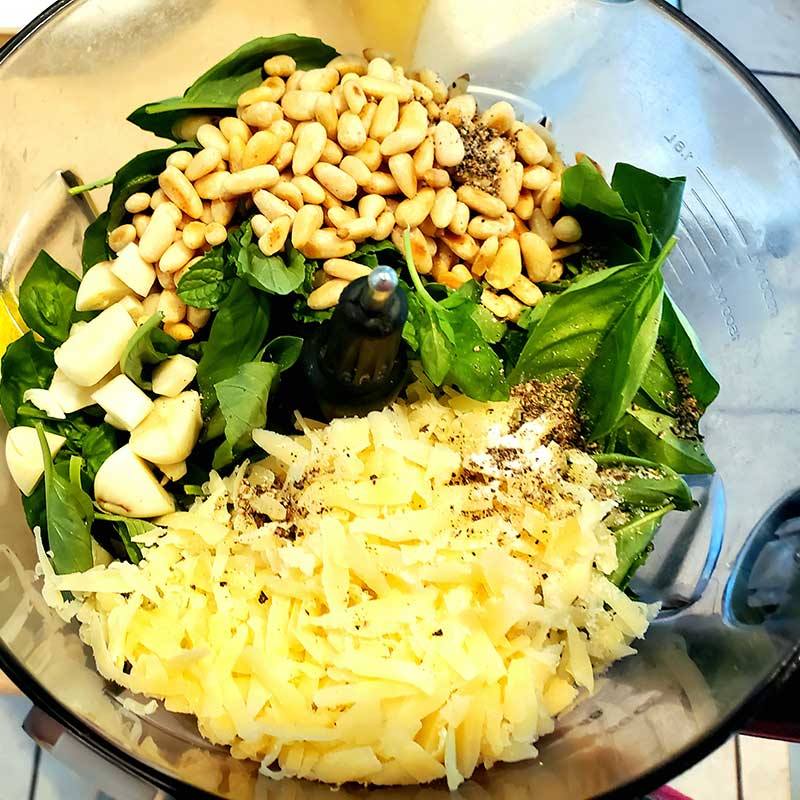
Gloria making basil pesto with basil from her garden.
Gloria discovered her career path by leveraging some of her best creative skills: analyzing details, solving problems and applying critical thinking. In the 90s she was hired as a purchasing manager in a manufacturing plant in Mexico. She also managed the Inventory Control function, calculating the cost of new products which includes at a high-level, parts + labor + freight + overhead costs.
This was during the time when the US, Mexico and Canada signed the North American Free Trade Agreement (NAFTA) which allowed duty-free trade between the signatory countries. The agreement also required products to use specific quantities of NAFTA-region components in a product to qualify for free-duty imports.
Gloria explains, “My general manager, who was a mentor to me, asked me to help calculate the product cost for NAFTA purposes, since I was already assessing our product for Inventory Control. I insisted on taking professional training from our local customs broker experts, so that I could learn the regulatory requirements and take on the task of NAFTA record keeper to help our company claim NAFTA benefits with US Customs. This was my incursion into International Trade related functions.”
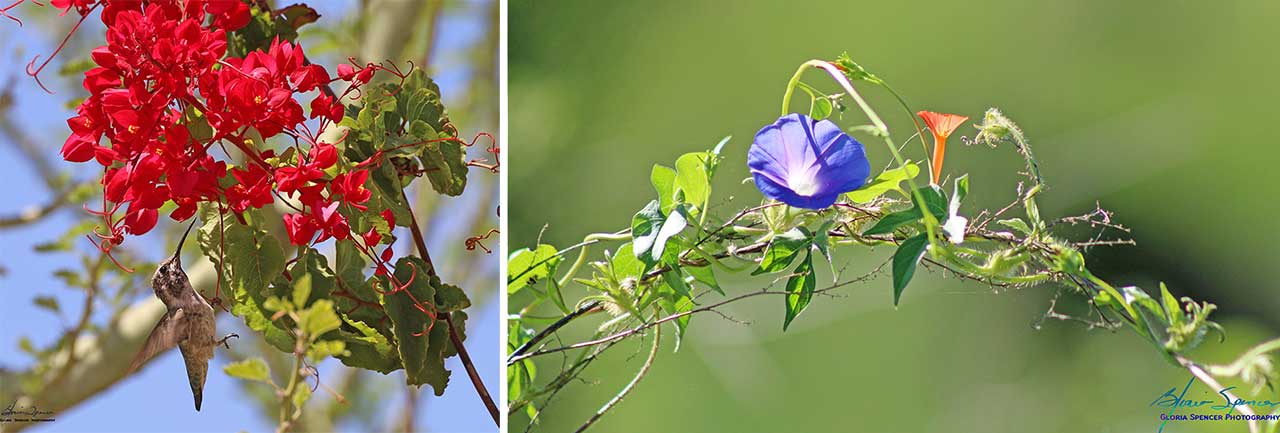
Birds and flowers from Gloria’s garden.
Her mentor challenged her to pursue a government license to become a broker in Mexico so that she could help manage the import and export of production materials for the factory. She signed up for classes, took a test required by Mexico’s Hacienda and obtained her in-house Mexico Broker license. The experience of contributing to her company as in-house broker led her to decide to become a US Customs Broker later in life when she emigrated to the US. To qualify as a broker in the US, Gloria became a US Citizen, passed a rigorous US Customs broker test with English as her second language and passed an CBP-required FBI background check.
For Gloria creativity is a deep source of satisfaction derived from learning and applying her learned skills, plus inspiration and intelligence to make something beautiful or useful. To help stimulate her creativity, she loves to read books, take courses and watch videos to learn how to do activities that interest her, from taking good photographs to growing fruit trees, veggies and flowers for pollinators.
Regarding the role creativity plays in her personal life, Gloria says, “In my hobbies, creativity means taking a beautiful picture of a sunset, planting flowers, herbs, and veggies in my garden, then taking pictures of the visiting butterflies and hummingbirds. I then harvest plants from my garden to cook something delicious like a basil-pesto pasta dish, to share with loved ones.”
While there are situations in life that we have no control of, like the Covid 19 pandemic and its impact in everyone’s activities, Gloria advises young people to focus on what they have control of: “Positive decisions like studying and learning. Everything we learn will be useful in life and nothing can take our knowledge and skills away from us.”
She encourages us to, “Notice how you make progress when you focus your energy and attention in achieving something big or small. Build a muscle for focusing that gets stronger with practice. Then you’ll gain a sense of confidence, personal satisfaction and knowledge of your abilities that will create opportunities for a career of your choosing. Enjoy learning and creating!!!”
She adds: “Be of service for the greater good as much as possible. Then pay it forward!”
